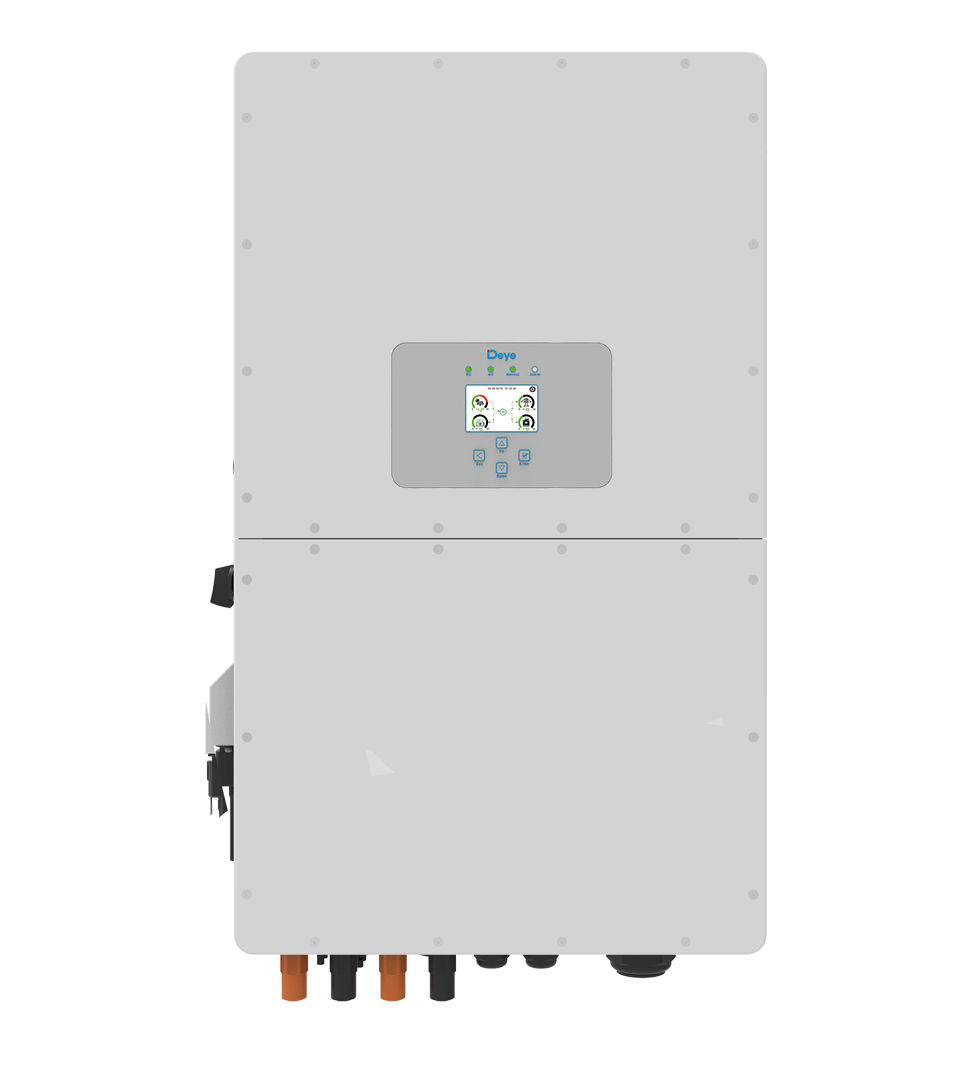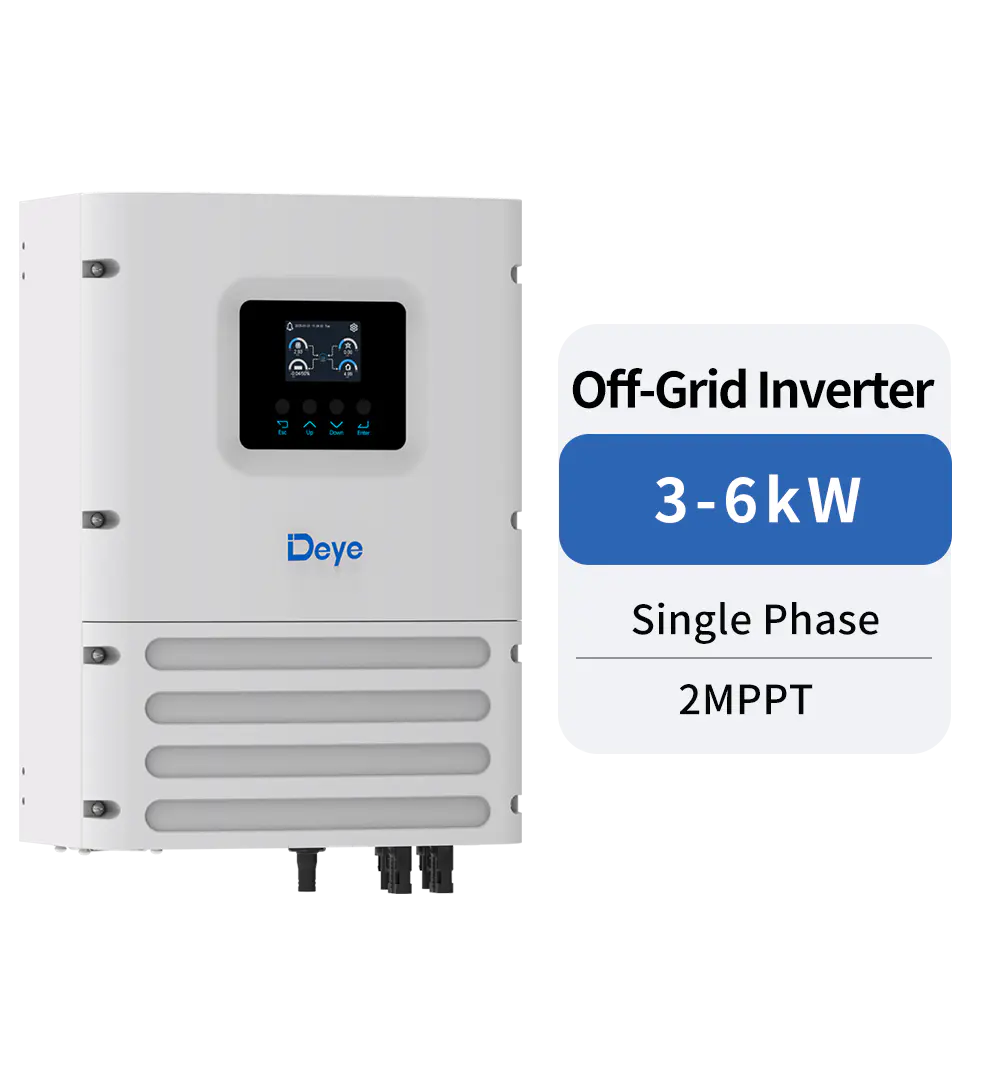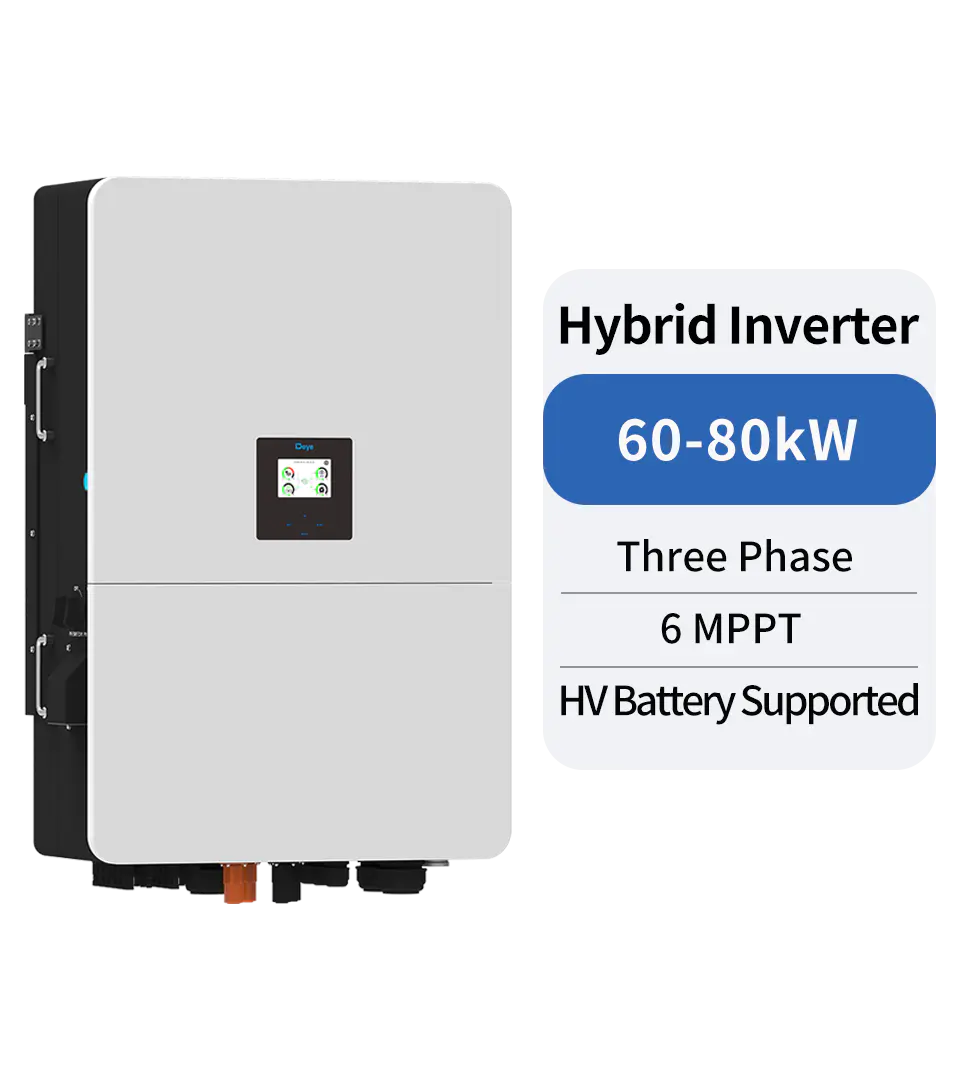Technical Topics
Microprocessor Control For Inverter MPPT
MPPT stands for max. power point tracking. It is a technique that allows you to divide the nominal output of an Inverter into sub-arrays. These sub-arrays are interdependent. The MPPT feature helps you to use the max. power of solar modules to produce electrical energy.

Dual-MPPT
Dual-MPPT inverters share their nominal output power between the two inputs. In contrast, the single MPPT input in a monocrystalline inverter does not share its output power. The MPPT charge controller is built into the inverter and works as the battery charger for a solar array. However, it does not work while the sun is not shining.
Dual-MPPT inverters are available from a variety of manufacturers. Some of these manufacturers include Enphase, SolarEdge, Fronius, SMA, and MidNite Solar. Some other manufacturers, such as Greentech Renewables, also offer dual-MPPT inverters.
Dual-MPPT inverters provide max. flexibility for PV array design. Unlike single-MPPT inverters, dual-MPPT inverters can handle arrays with different solar azimuths and string lengths. They can also handle different sized roof surfaces. And they are less expensive than single-MPPT inverters.
Dual-MPPT inverters can share their power if they are installed in a single sub-array. But you must balance their Pnom ratios. The "Auto-equal Pnom" checkbox should be checked if you want your sub-arrays to share power. Unchecking this option will prevent this from happening.
Maximum power point tracking
Maximum power point tracking is a special feature of modern solar inverters. This technology uses logic-based control circuits to extract as much DC current as possible from a PV array. The ability to track power from a PV array is important because solar panels have a limited DC supply and internal impedances that change throughout the day. The MPPT tracking circuit helps the inverter extract the max. amount of DC current from a PV array by optimizing its operation to match the conditions of sunlight.
Maximum Power Point Tracking is the better way to maximize energy from solar modules. It optimizes the charging process of the batteries to maximize their energy output. MPPT charge controllers are similar to transmissions in cars. If the driver selects the wrong gear, the car will not be able to produce max. power. Instead, the vehicle will run slowly or faster than it should.
The two methods of max. power point tracking are the current-based method and the voltage-based method. Both methods have the same basic operation but have distinct advantages and disadvantages. Using an open voltage method produces lower energy transfer than incremental conductance methods and perturb and observe. It is also difficult to detect changes in solar irradiation during the switching process. Furthermore, it is impossible to calculate a new MPP without knowing the irradiation level. For both methods, the choice of sampling time is crucial. The shorter the sampling time, the more switches are required and the energy generated by the system will be lower.
Oversizing solar arrays
If you're considering a solar panel installation, you might be wondering whether or not oversizing is necessary. After all, it's not always possible to get an better output from a small solar array. To determine the size of a PV array, multiply the Wattage of each solar panel by the number of panels in the array. For example, if you want to have a 4kW-rated PV system, you should have 16 solar panels.
Oversizing your solar arrays with an inverter MPPP will increase your output by a modest amount. But it's important to remember that not every location will allow you to have an inverter larger than 5 kW. In fact, many rural areas, including Queensland, do not allow inverters larger than that.
Oversizing your PV array can help you lower the cost of delivered energy, while ensuring better performance. The cost of the PV modules and the array racking will increase, but you can achieve an increased output for a lower cost per kilowatt-hour (kWh) than you would if you didn't oversize. This also allows you to maximize the daytime energy from your solar array.
The digital MPPT charge controller has a microprocessor that tells it when to adjust its output. It shuts down briefly to check whether the output is within the desired range. The cost of electronic microprocessors has lowered considerably and they can be found in more small systems.
PREV:Microinverter Vs String Inverter
NEXT:Deye Hybrid inverter generation
Share
Product recommendations
news recommendations
-

-
 Green Industry, Bright Future: Deye Distributor Summit – Dubai 2025 Concludes Successfully
Green Industry, Bright Future: Deye Distributor Summit – Dubai 2025 Concludes SuccessfullyIn November 2025, Deye Group successfully hosted the “Green Industry, Bright Future—Deye 2025 Dubai ...
-
 Deye’s Malaysia Johor Manufacturing Base Officially Breaks Ground — A Key Step Forward in Its Globalization Strategy
Deye’s Malaysia Johor Manufacturing Base Officially Breaks Ground — A Key Step Forward in Its Globalization StrategyOn October 2, 2024, Deye Group (hereinafter referred to as “the Company”) held a groundbreaking cer...

 China - 简体中文
China - 简体中文 Global - English
Global - English Brazil - Português
Brazil - Português Netherlands - Dutch
Netherlands - Dutch Italy - Italiano
Italy - Italiano Germany - Deutsch
Germany - Deutsch Spain - Español
Spain - Español France - Français
France - Français Vietnam - Tiếng Việt
Vietnam - Tiếng Việt Poland - Polski
Poland - Polski Australia - English
Australia - English


